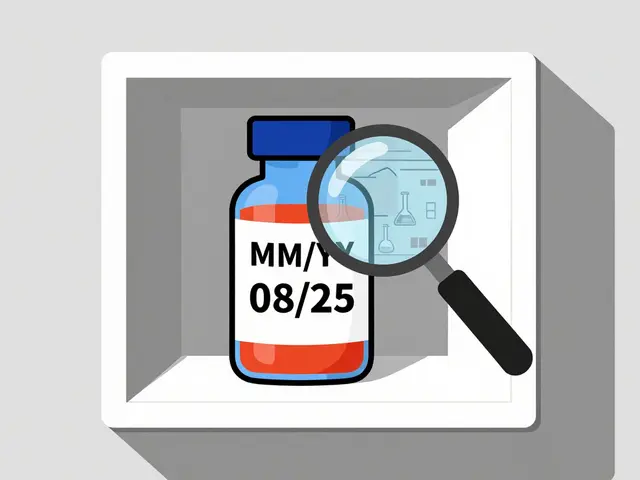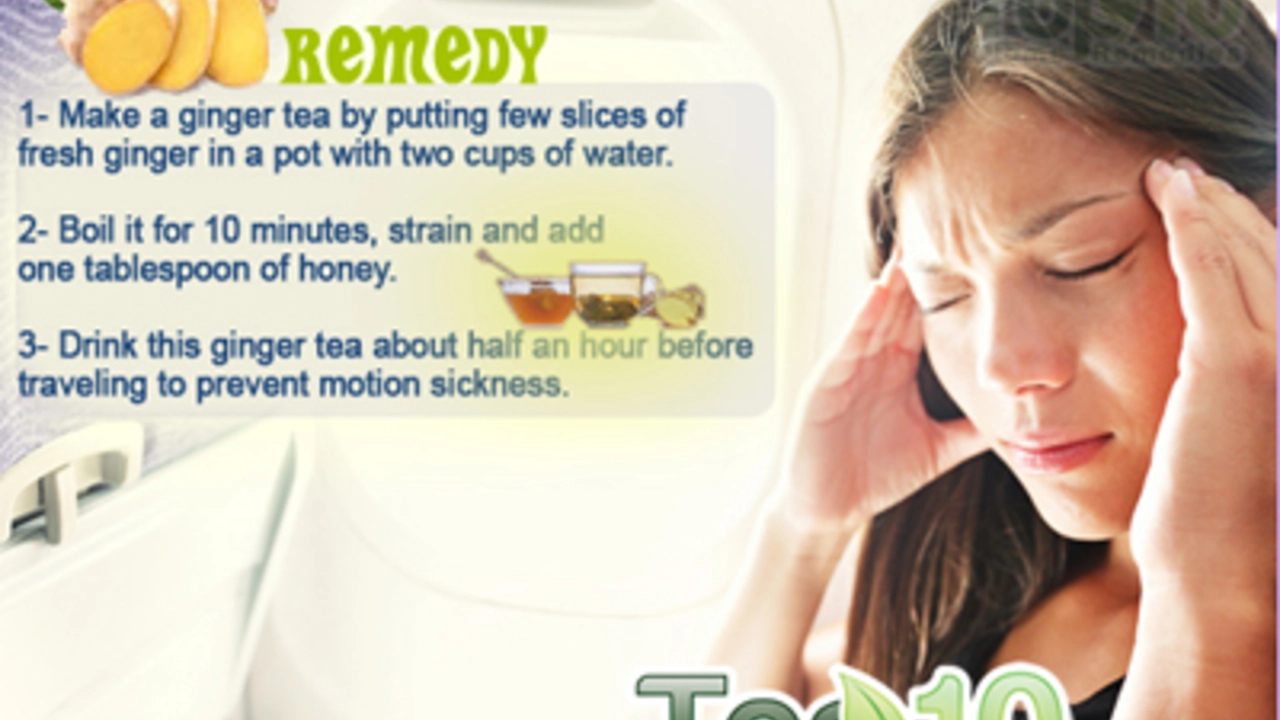Motion Sickness: What Triggers It and How to Find Fast Relief
If you’ve ever felt queasy on a car ride, boat cruise, or plane, you know how annoying motion sickness can be. The good news is that most people can manage it with simple steps and over‑the‑counter meds. Below we break down why it happens, what you can do right now, and when to call a professional.
Common Triggers and How They Affect You
The inner ear, eyes, and brain work together to keep balance. When they send conflicting signals—like reading a book while the car bumps—you may get nausea, cold sweats, or dizziness. Common triggers include:
- Driving on winding roads
- Sailing in choppy water
- Flying during turbulence
- Playing VR games
If you know what sets you off, you can plan ahead. Choose a seat where motion is minimal (front seat of a car, middle of a plane), look at the horizon, and avoid heavy meals before travel.
Quick Relief Options
The fastest way to calm symptoms is an antiemetic. Over‑the‑counter choices like dimenhydrinate (Dramamine) or meclizine (Bonine) work for most people. Take the pill 30–60 minutes before you start moving, and follow the dosage on the label.
If meds aren’t your thing, try these non‑drug tricks:
- Ginger candy or tea – a natural settle for stomach
- Acupressure wrist bands – press point P6 to reduce nausea
- Deep breathing – inhale through the nose, exhale slowly through the mouth
- Stay hydrated with small sips of water
These methods can cut down on queasy feelings without side effects.
When you’re already feeling sick, sit upright, open a window for fresh air, and focus on something stable in the distance. Lying flat often makes nausea worse because it confuses your balance system even more.
If motion sickness hits hard or won’t go away after a day, see a doctor. Prescription options such as scopolamine patches or stronger antihistamines may be needed. A healthcare professional can also rule out other issues like inner‑ear infections that mimic motion sickness.
For frequent travelers, keep a small travel kit ready: a bottle of dimenhydrinate, ginger chews, and an acupressure band. Having these items on hand removes the panic of “what now?” when you start to feel queasy.
Remember, motion sickness isn’t a sign of weakness; it’s just your body’s way of telling you that sensory signals don’t match up. With the right prep and quick fixes, you can enjoy trips without the upset stomach.
- By Percival Harrington
- /
- 6 Jul 2023
Natural Alternatives to Dimenhydrinate for Motion Sickness
In my latest blog post, I delved into natural alternatives to Dimenhydrinate for dealing with motion sickness. Ginger, peppermint, and acupressure are all proven methods for alleviating these symptoms. I've also discussed the effectiveness of staying hydrated and focusing on the horizon as a way to combat this issue. Furthermore, the importance of controlling your breathing and avoiding heavy meals before travel was highlighted. It's fascinating to find how these natural remedies can be as effective as traditional medication.




